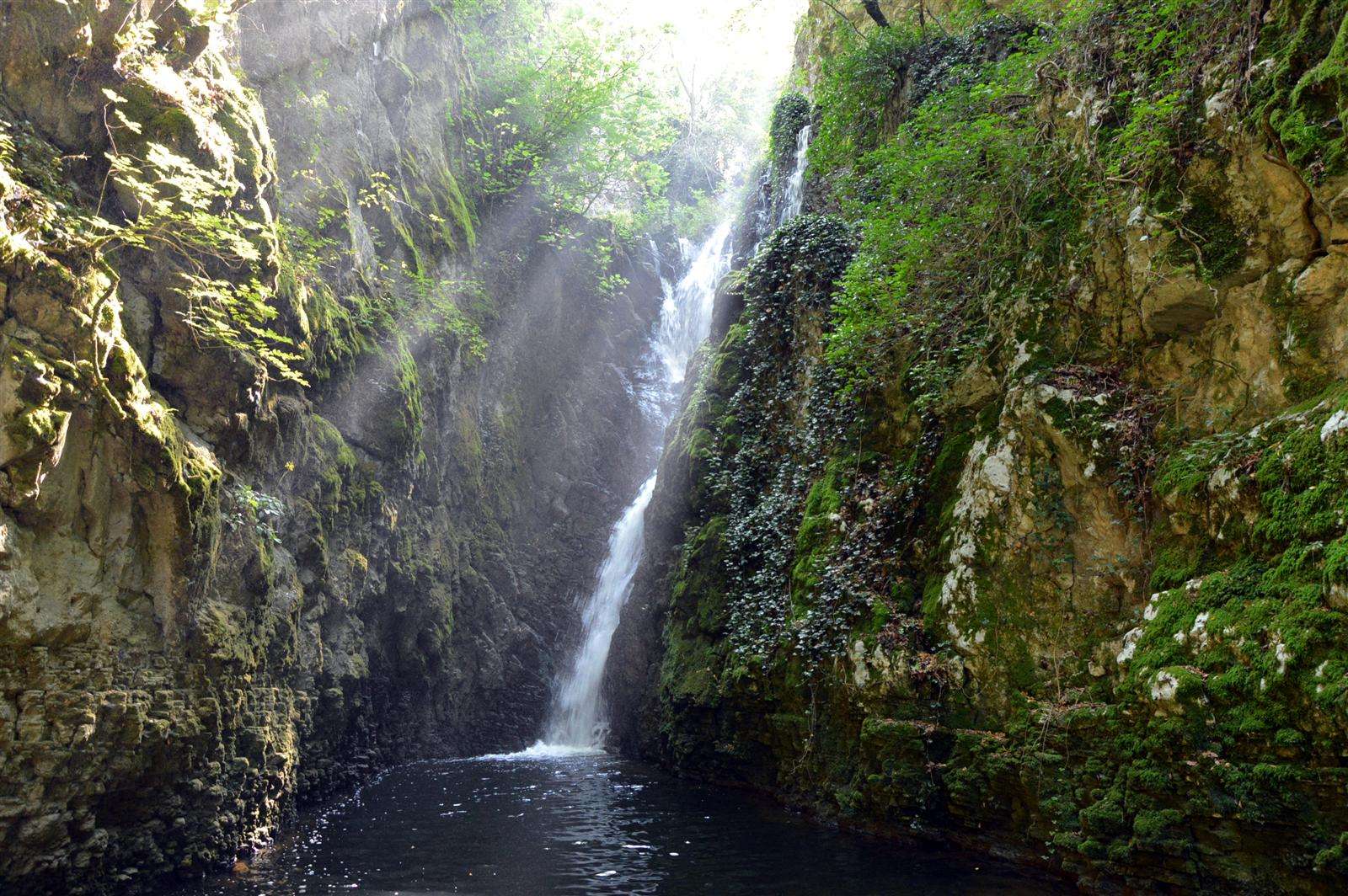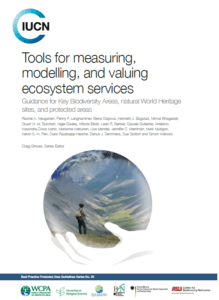Nature is the answer: IUCN’s manual on ecosystem services
IUCN Manual "Tools for measuring, modeling, and valuing ecosystem services: guidance for Key Biodiversity Areas, Natural World Heritage Sites, and Protected Areas", 2018
Guidance for good nature questions
IUCN (the International Union for Conservation of Nature) has recently published the manual “Tools for measuring, modeling, and valuing ecosystem services: guidance for Key Biodiversity Areas, Natural World Heritage Sites, and Protected Areas“.
Over 20 international experts wrote the report focusing on the benefits that nature provides to people and the everyday life global challenges that are in the planet; such as fight the climate change and create a sustainable development. This guidance is provided within a framework of respecting and taking into consideration their underlying biodiversity importance and/or conservation objectives, and indeed, is relevant for site conservation efforts in general.
Nature is connected to all of us
Ecosystem services include
- provisioning services such as firewood, fisheries, and raw materials;
- regulating services such as climate regulation, regulation of water flows, and water purification;
- and cultural services such as recreation, scenic values, spiritual values, or values that are important
for cultural heritage or identity.

Regional Reserve Callora River (Italy)
Decision free “Decision trees”
Is organised as follows:

